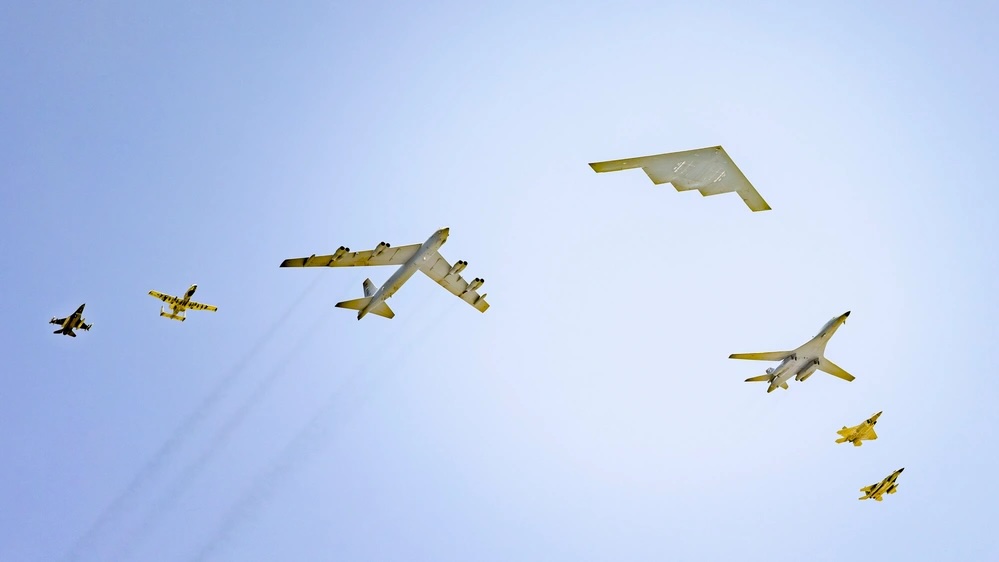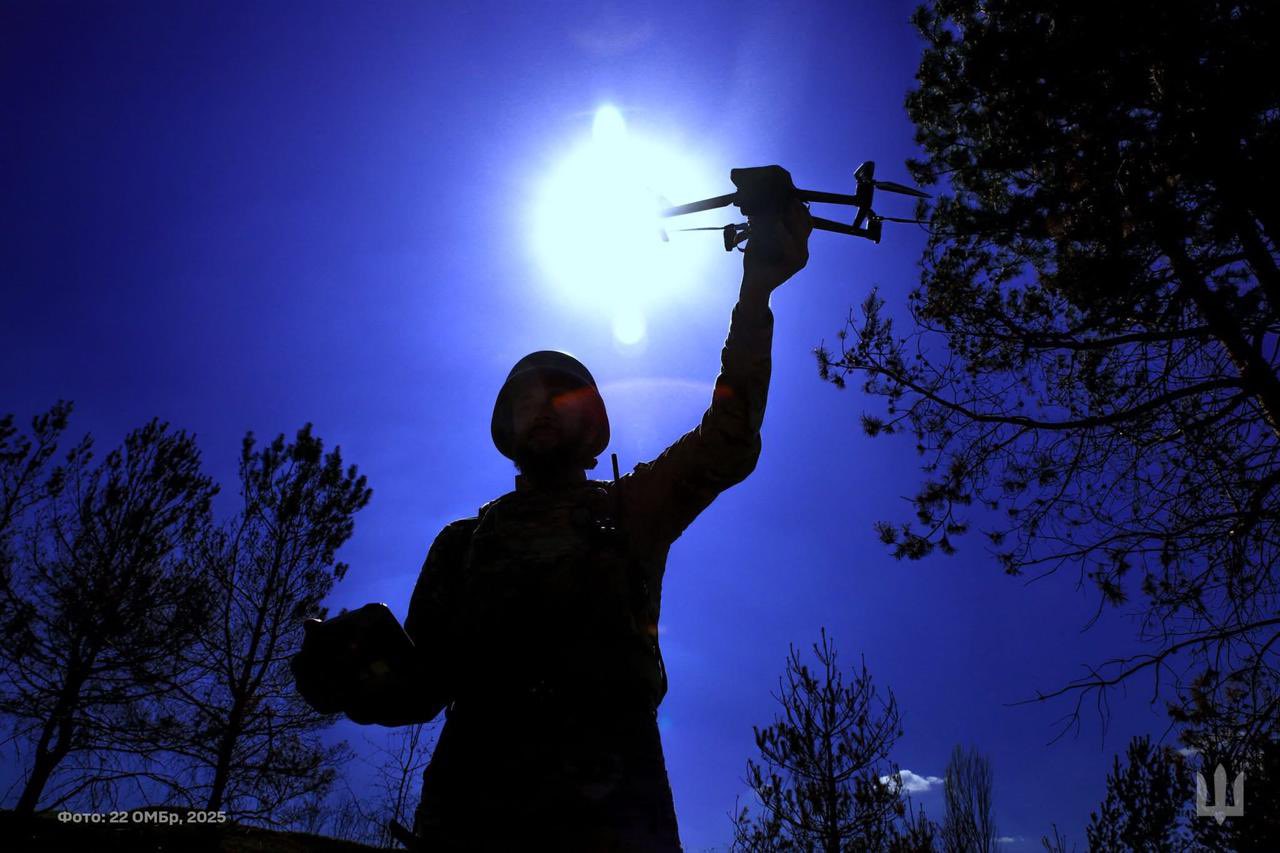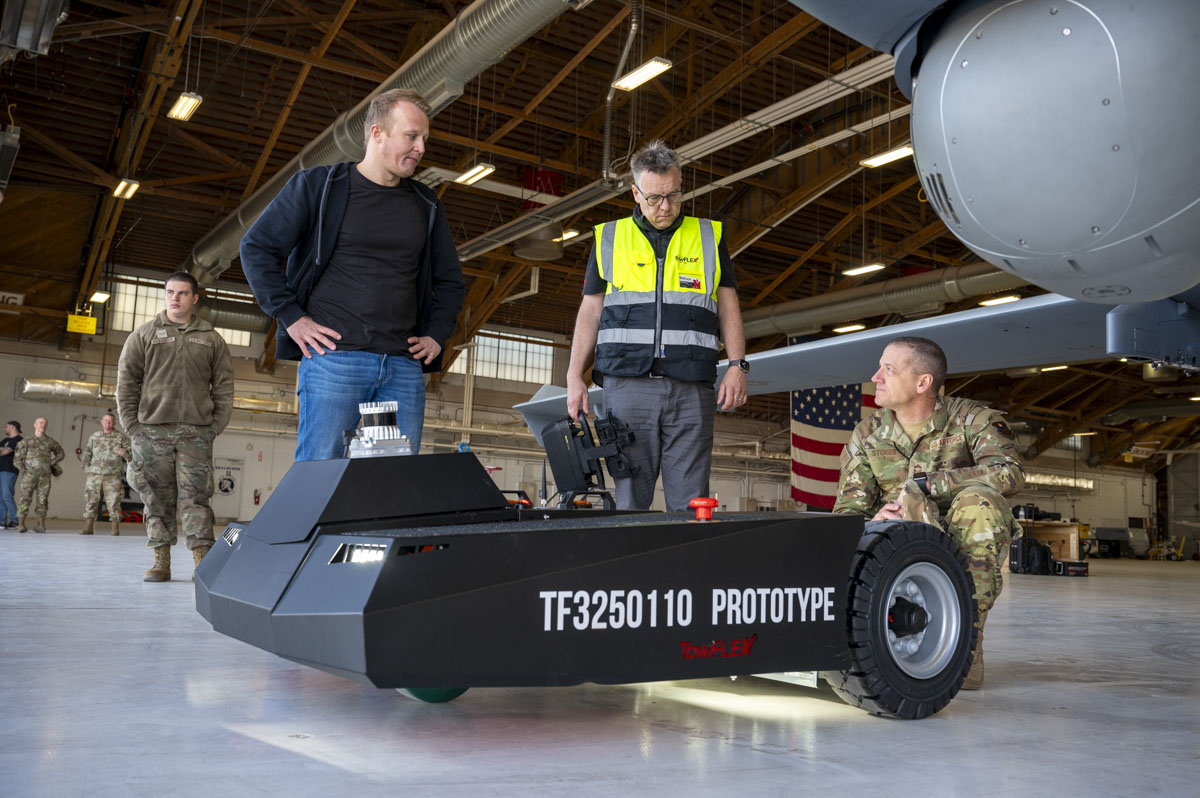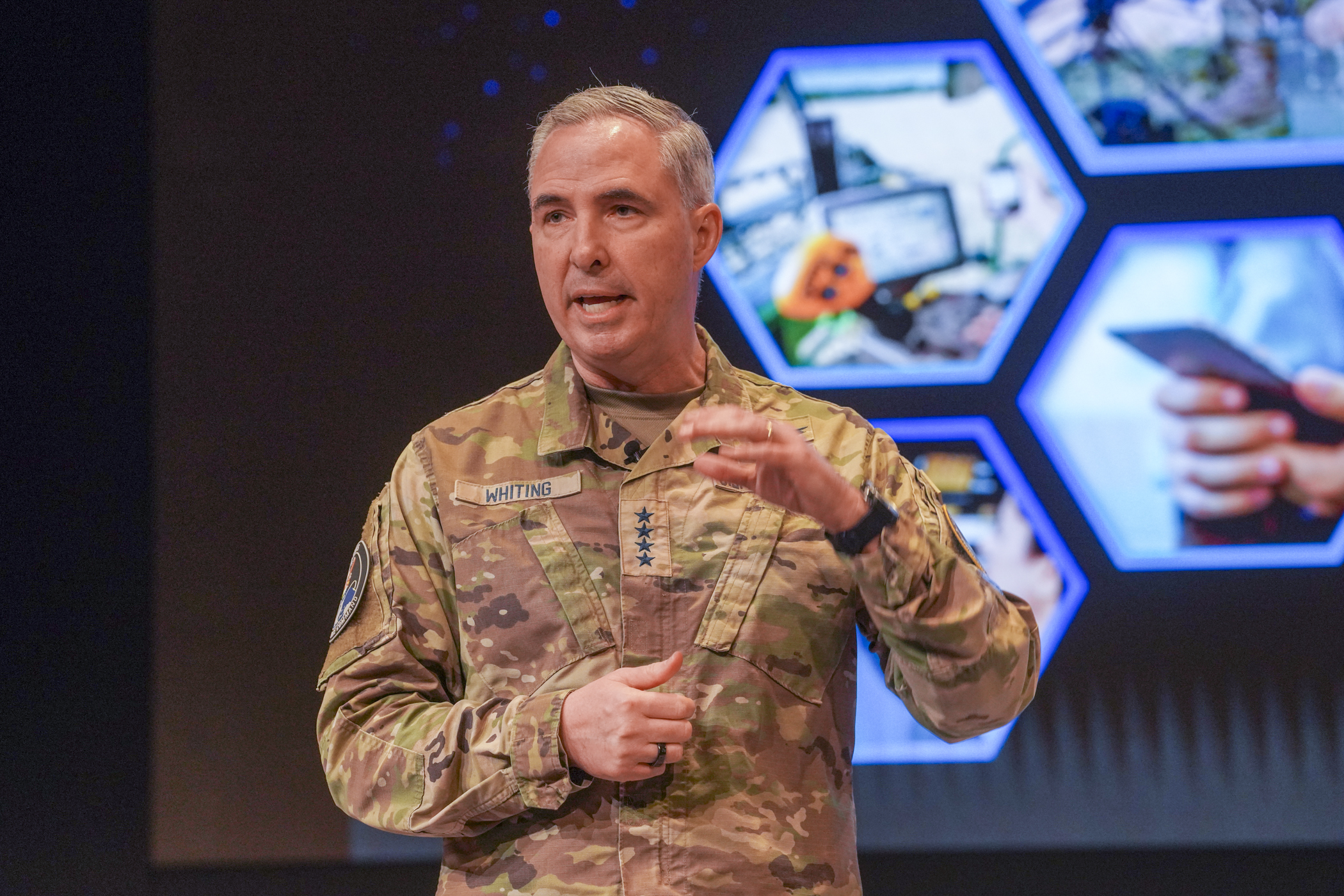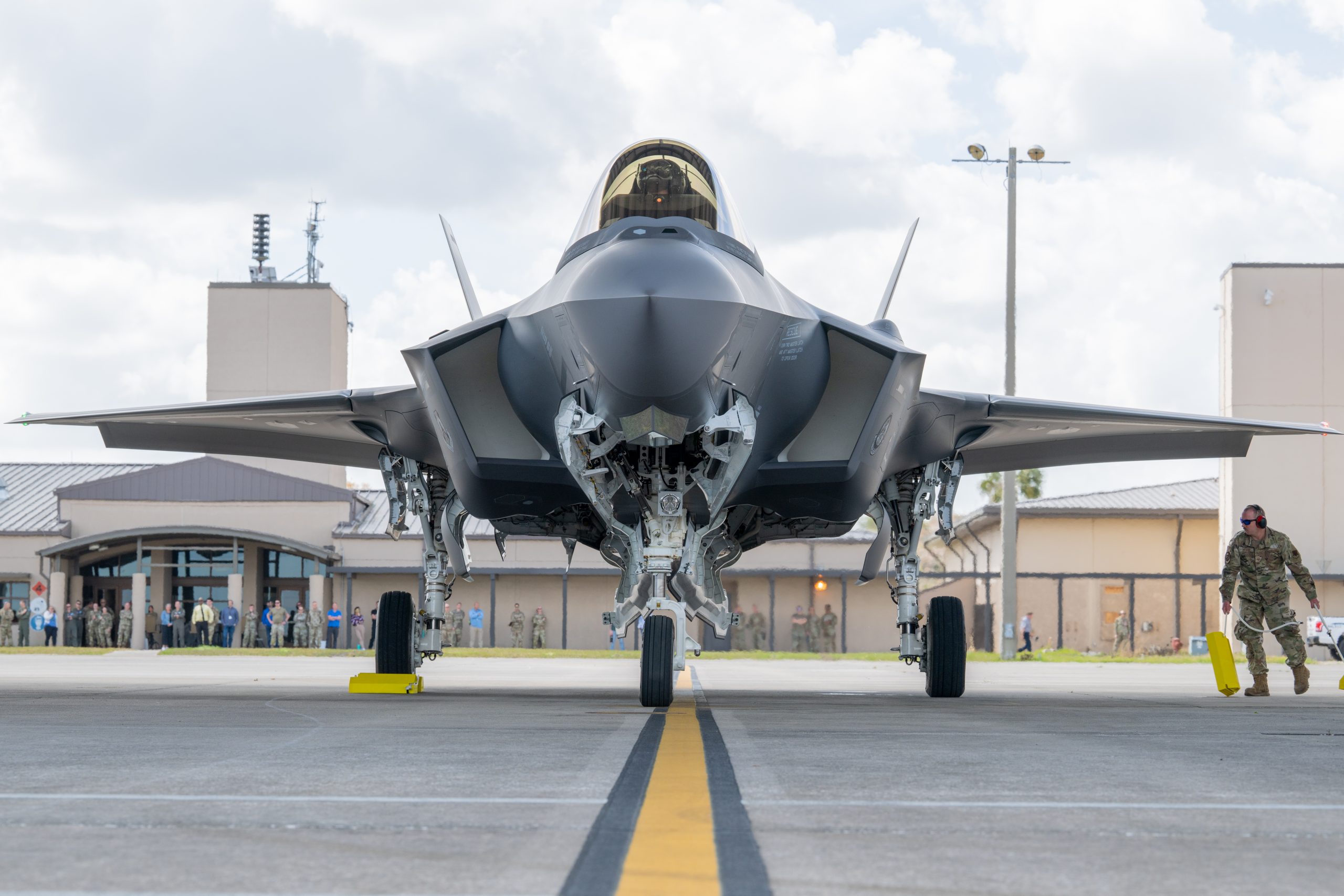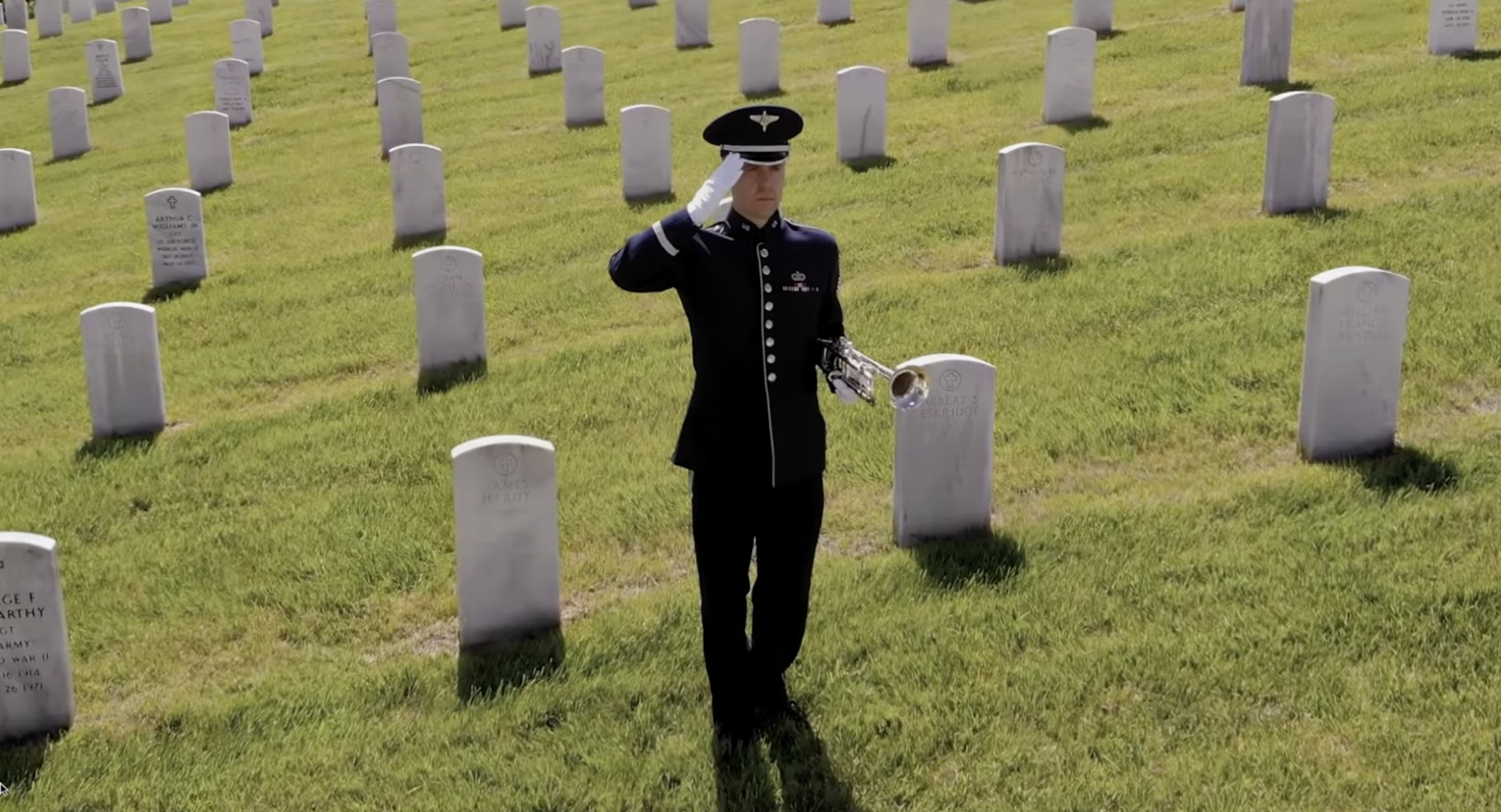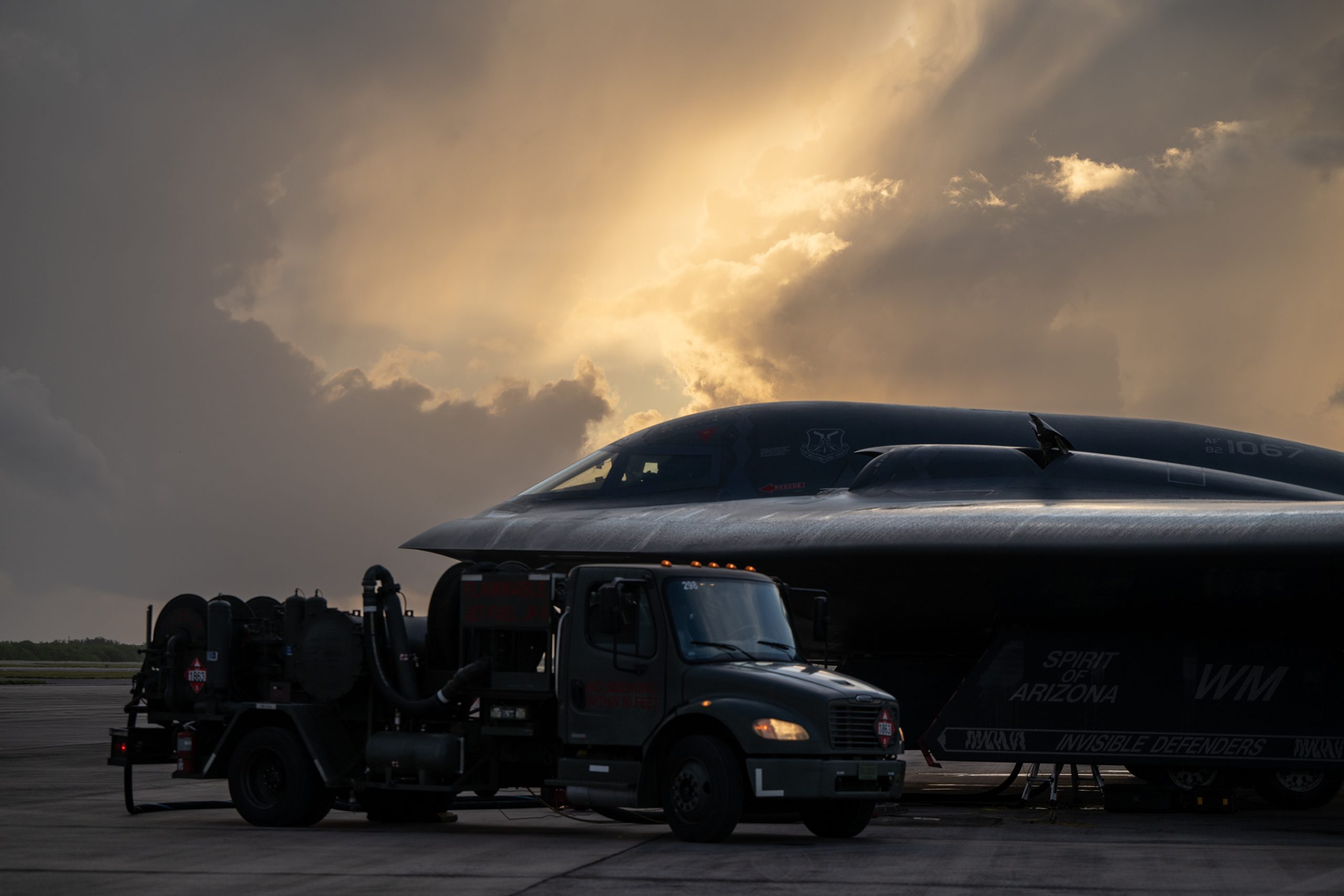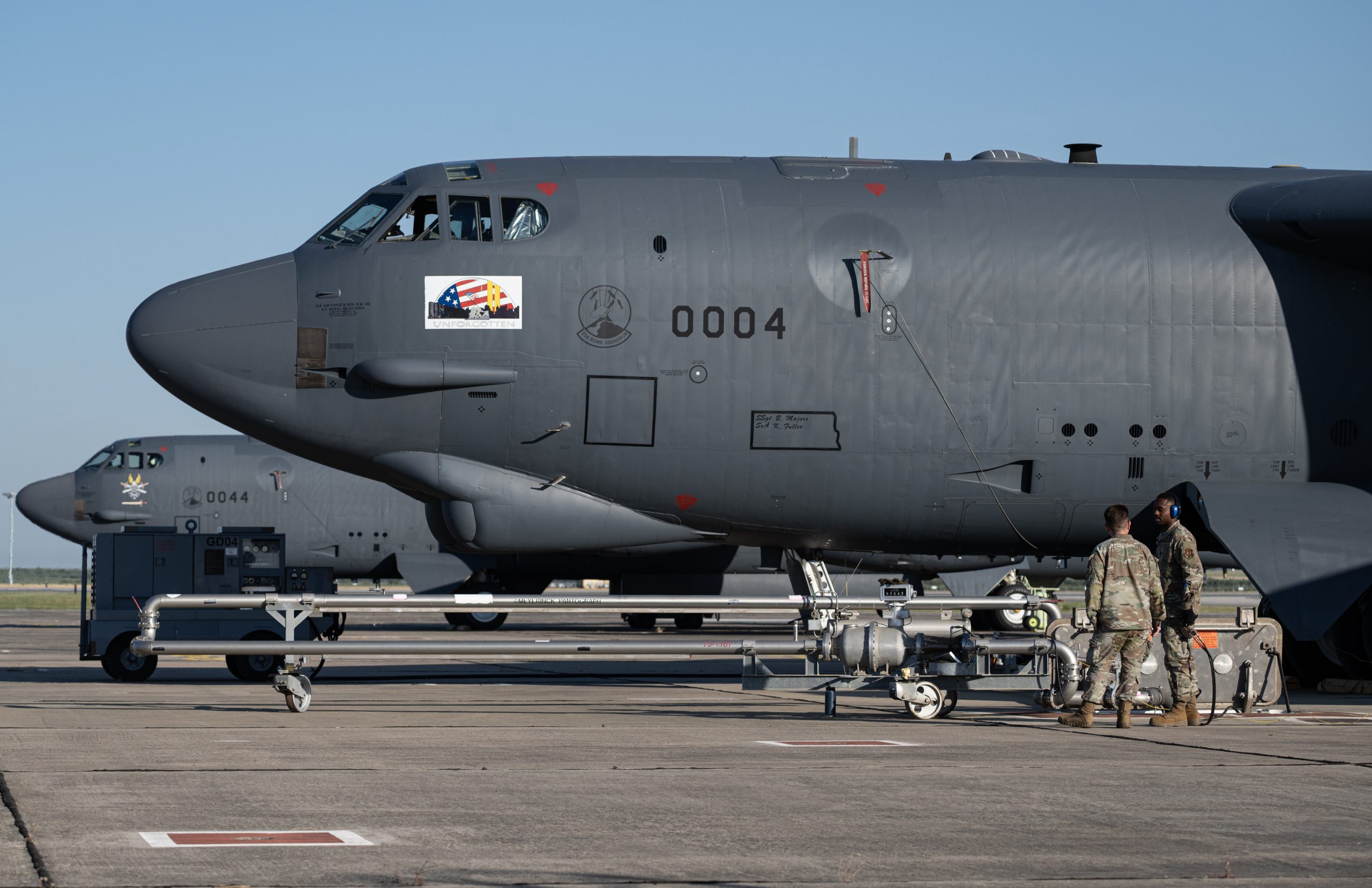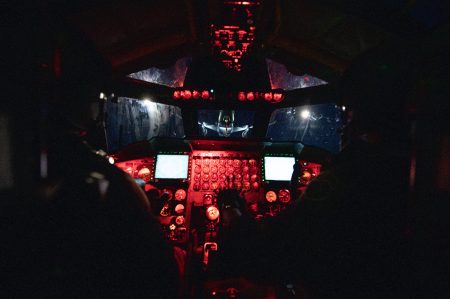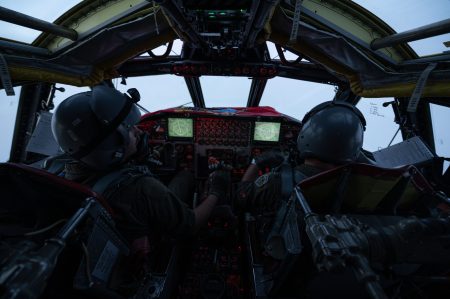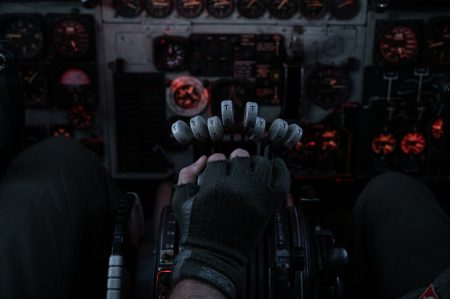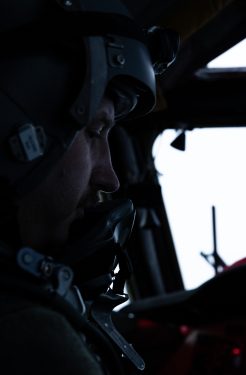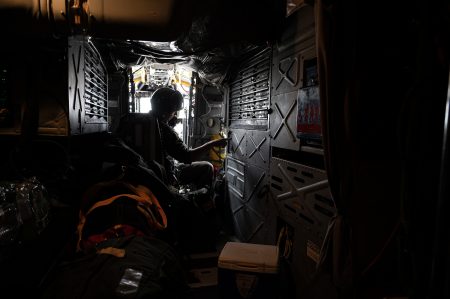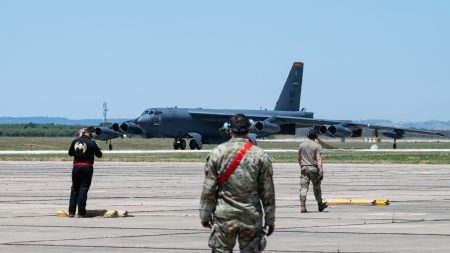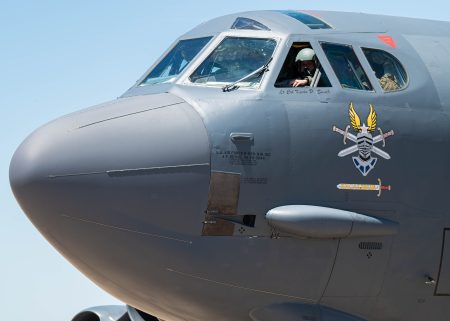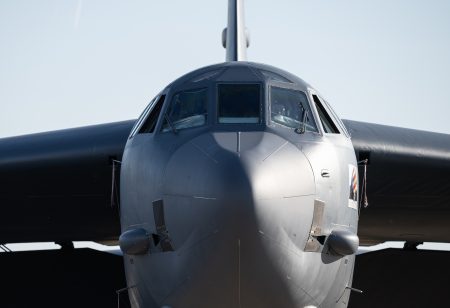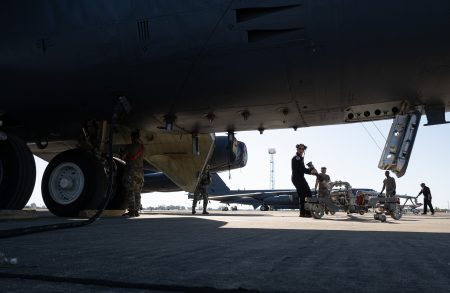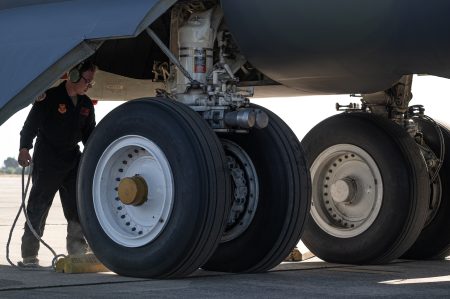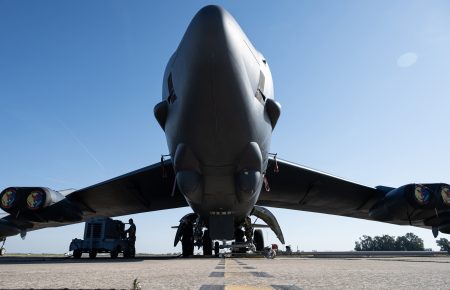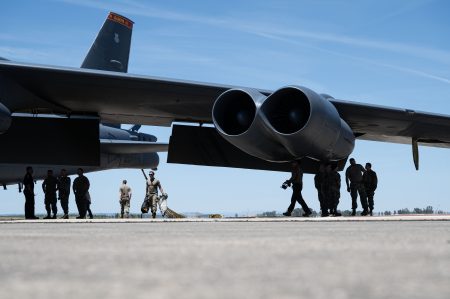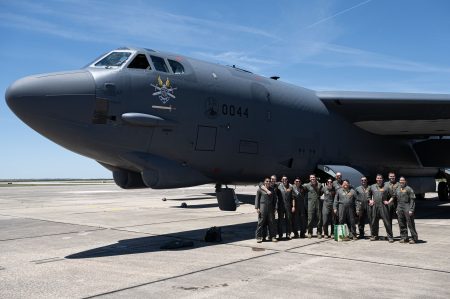Spectators got a never-before-seen treat May 24 when representatives of the entire Air Force bomber fleet and most of its fighter inventory flew over the Hyundai Air and Sea Show in Miami, Fla., to mark the start of Memorial Day weekend.
A B-2 stealth bomber led the “V” formation, followed by B-52 and B-1 bombers; F-22, F-15C, and F-16 fighters; and an A-10 attack plane. The flyover marked the first time all three Air Force bombers and four different fighter/attack planes have joined in a “spectacular seven-ship formation,” Air Force Global Strike Command wrote on Facebook.
The so-called “Freedom Formation” featured crews from the active-duty Air Force, Air Force Reserve, and Air National Guard. The F-16 Fighting Falcon came from the 93rd Fighter Squadron at nearby Homestead Air Reserve Base in Florida, while the F-15C Eagle came from the Louisiana Air National Guard, according to Homestead.
The F-22 was flown by the F-22 Raptor Demonstration Team, which had its own solo performance at the show, while the B-2 Spirit came from Whiteman Air Force Base, Mo. Moody Air Force Base, Ga., also sent an A-10 Thunderbolt II to participate in the show.
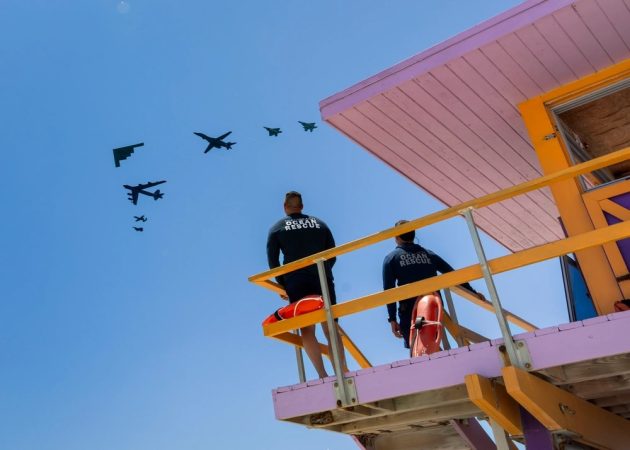
The B-52 Stratofortress and B-1 Lancer are both assigned to the Reserve 307th Bomb Wing, though they are based at Barksdale Air Force Base, La., and Dyess Air Force Base, Texas, respectively.
“Nearly every aspect of what you see today touches the Air Force Reserve in some way,” Lt. Gen. John Healy, commander of Air Force Reserve Command, said during the show, according to a press release. “What people don’t realize is, we are so intricately woven into the day-to-day total force that we are virtually indistinguishable from the active duty. This air show couldn’t have happened this way without Reserve support.”
Troops use flyovers for publicity and training, as well as to show off U.S. military capabilities to friends and foes who might be watching.
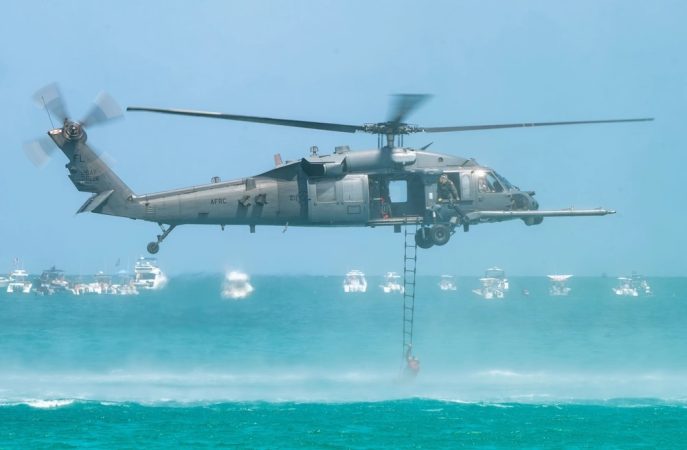
Beyond the Freedom Formation, HH-60G Pave Hawk helicopters from the Reserve 920th Rescue Wing based at Patrick Space Force Base, Fla., demonstrated a search-and-rescue mission at the show. An HC-130J from the same unit simulated refueling the helicopters in midair. A Reserve MH-139A Grey Wolf helicopter from the 908th Flying Training Wing at Maxwell Air Force Base, Ala., also took part, while Global Strike Command boss Gen. Thomas Bussiere presided over an enlistment ceremony for 150 recruits headed across the military.
“This is a great opportunity to . . . showcase what the Air Force and all the branches are about,” Master Sgt. Bryant Guardia, a Reserve recruiter at the show, said in a press release. “It is a good opportunity to engage and recruit the next generation of Airmen into our ranks.”
